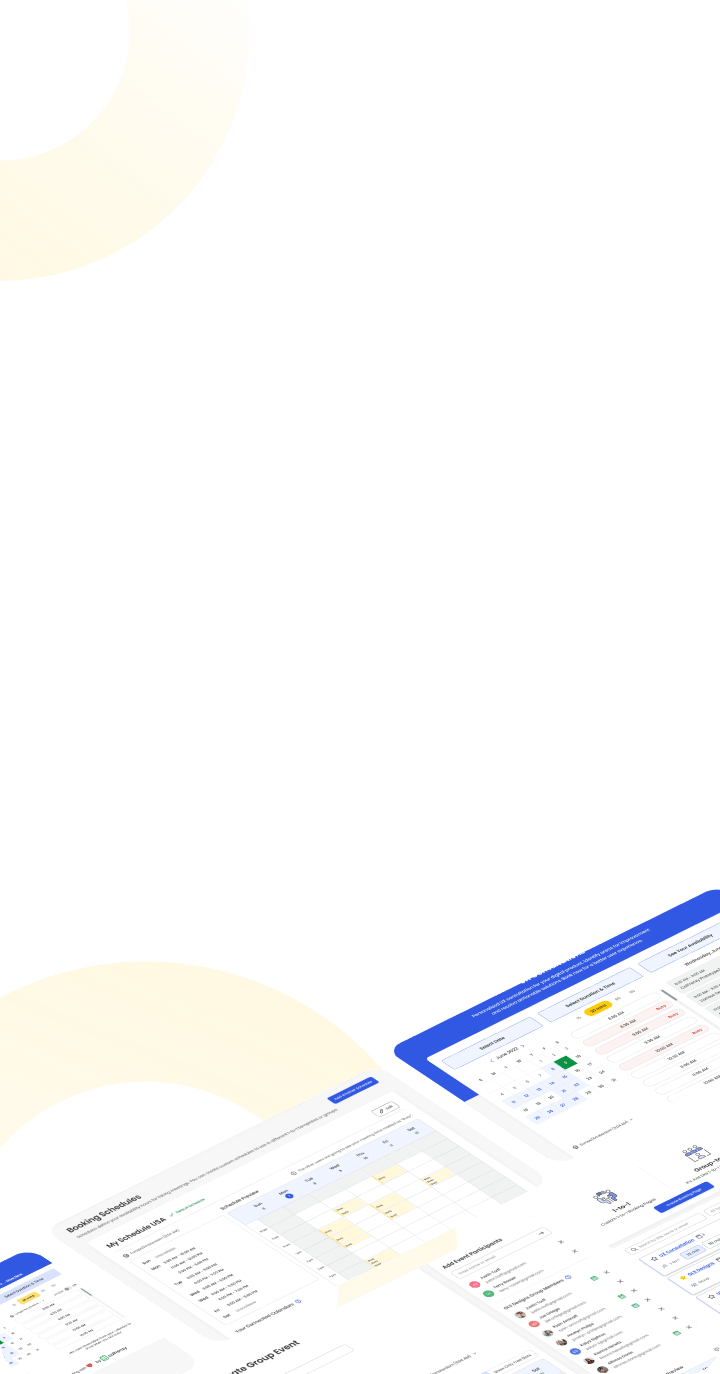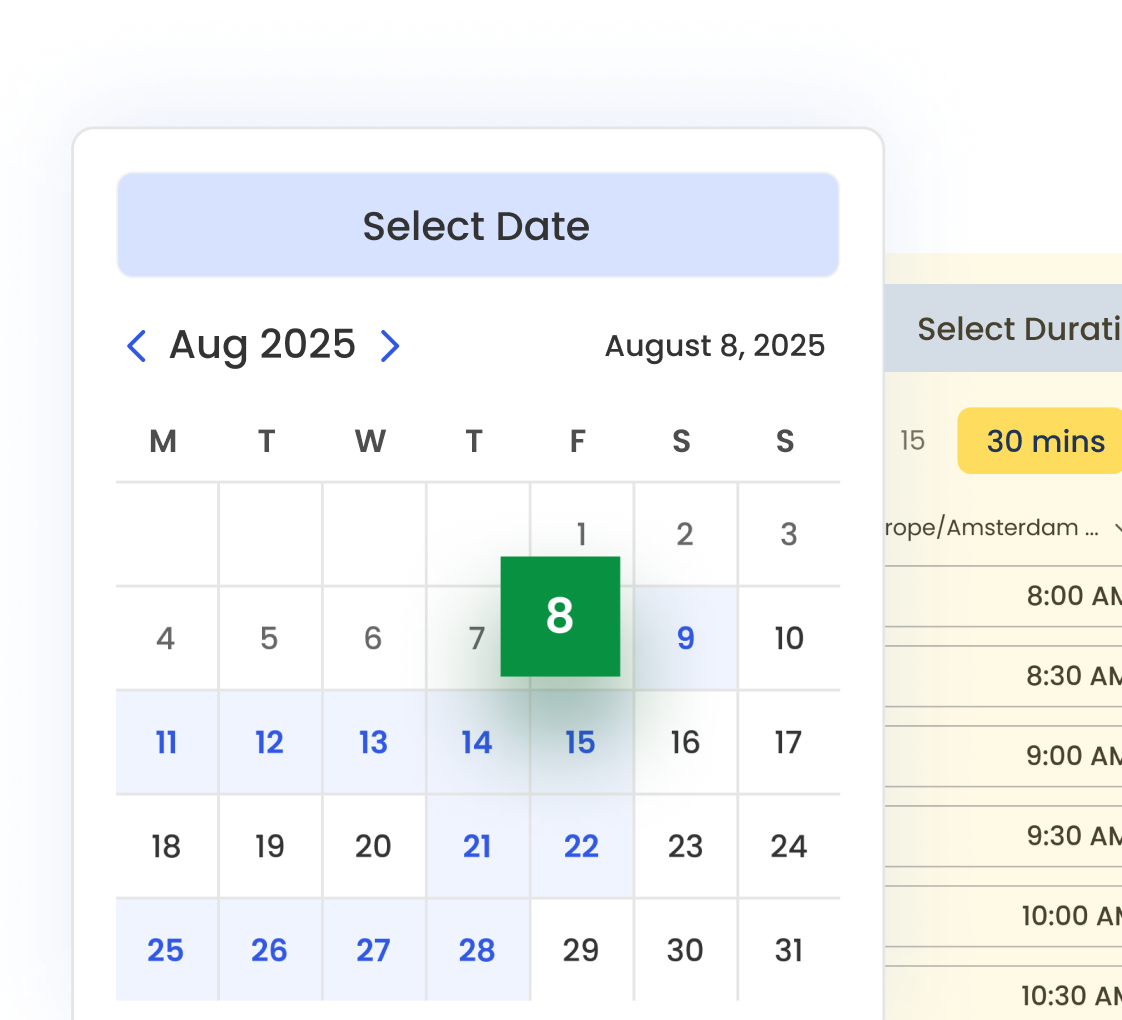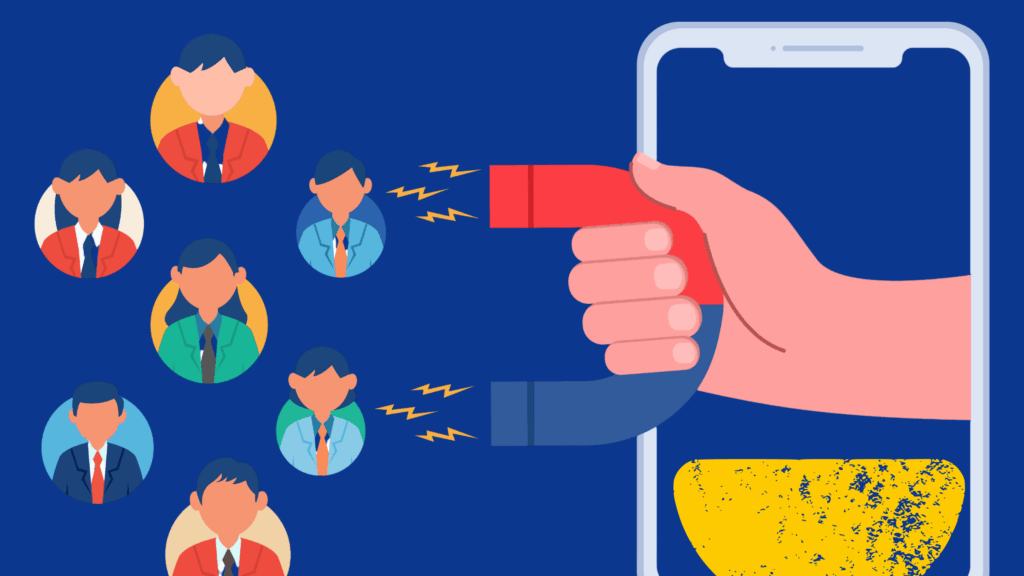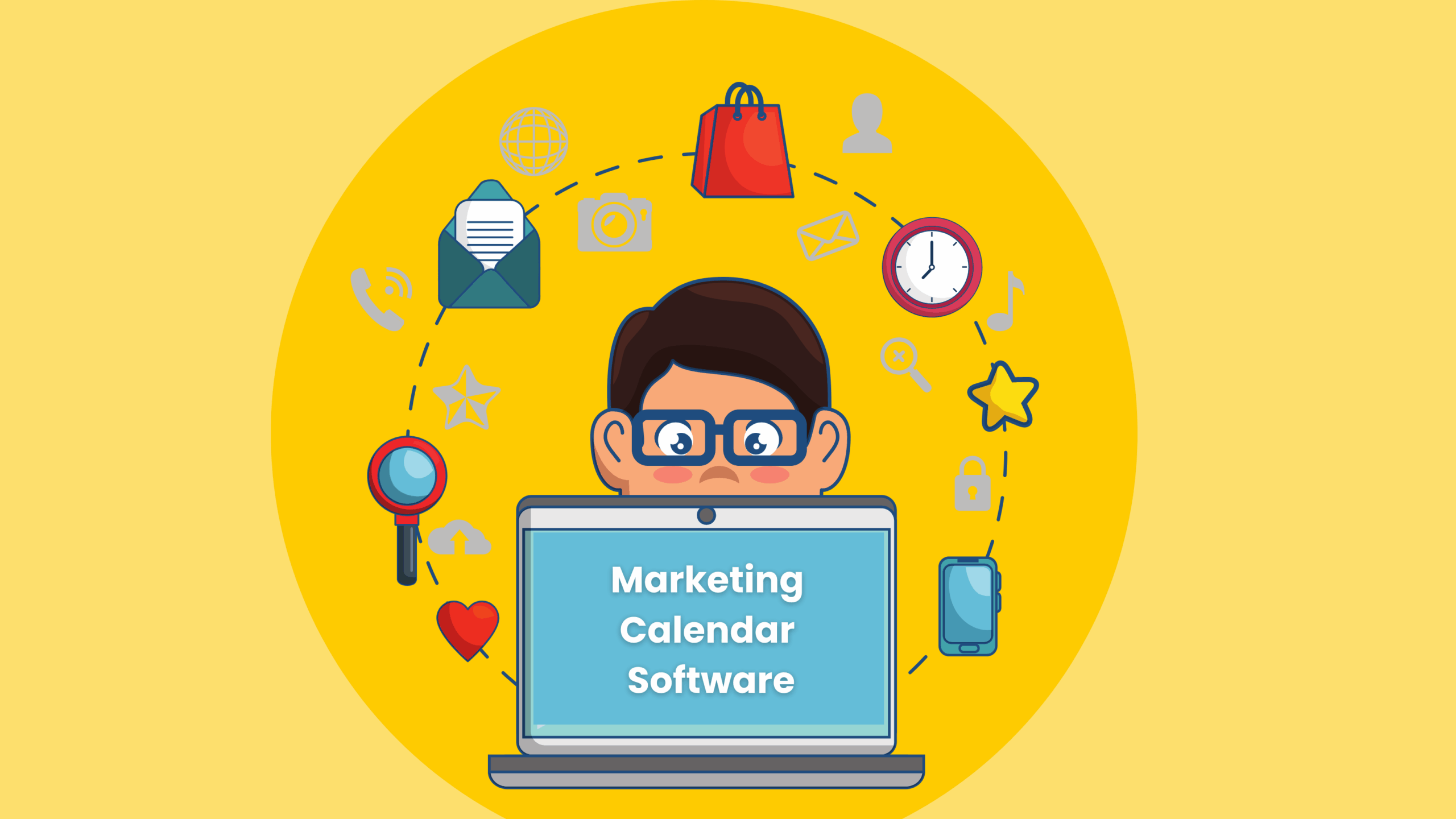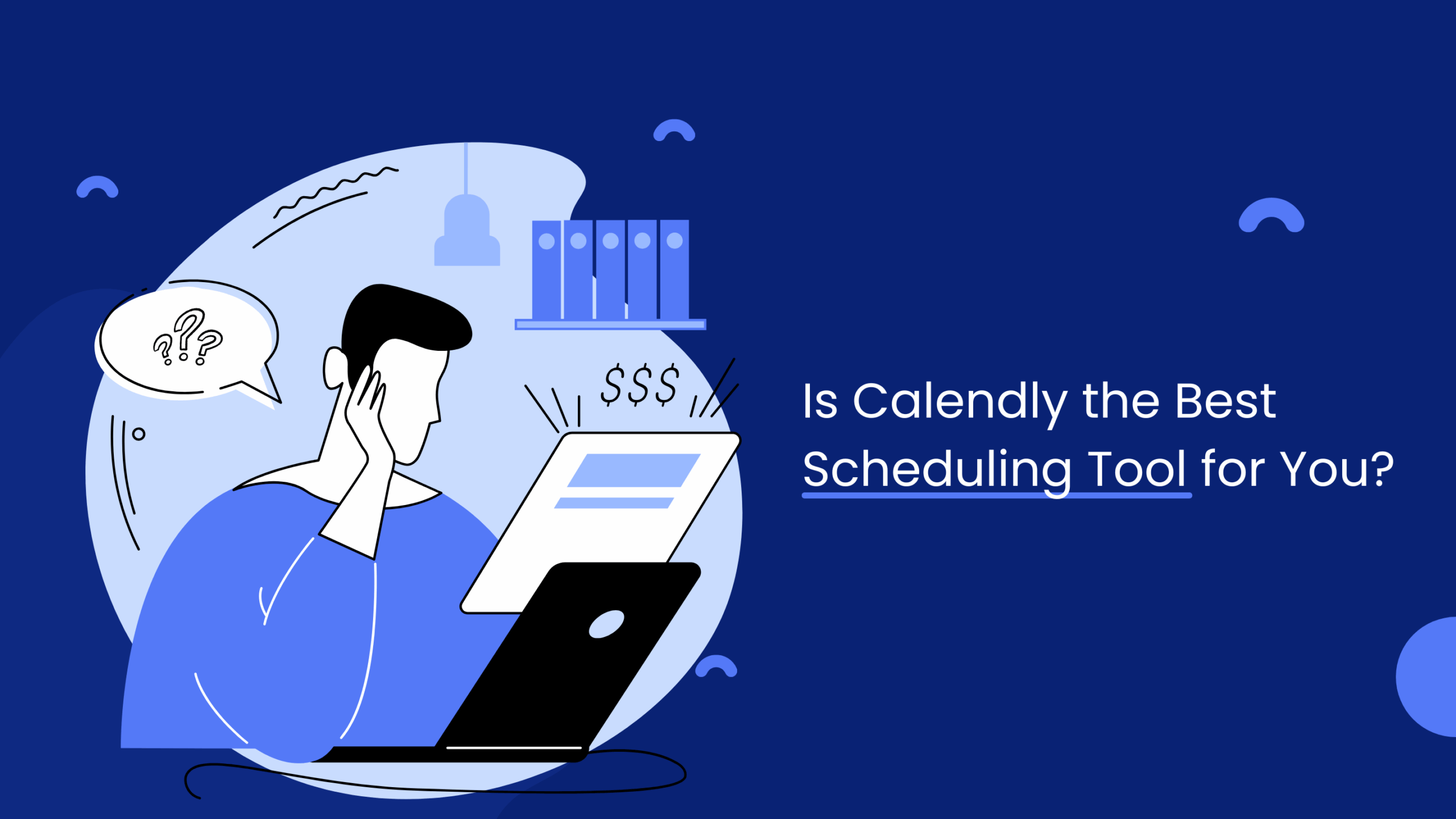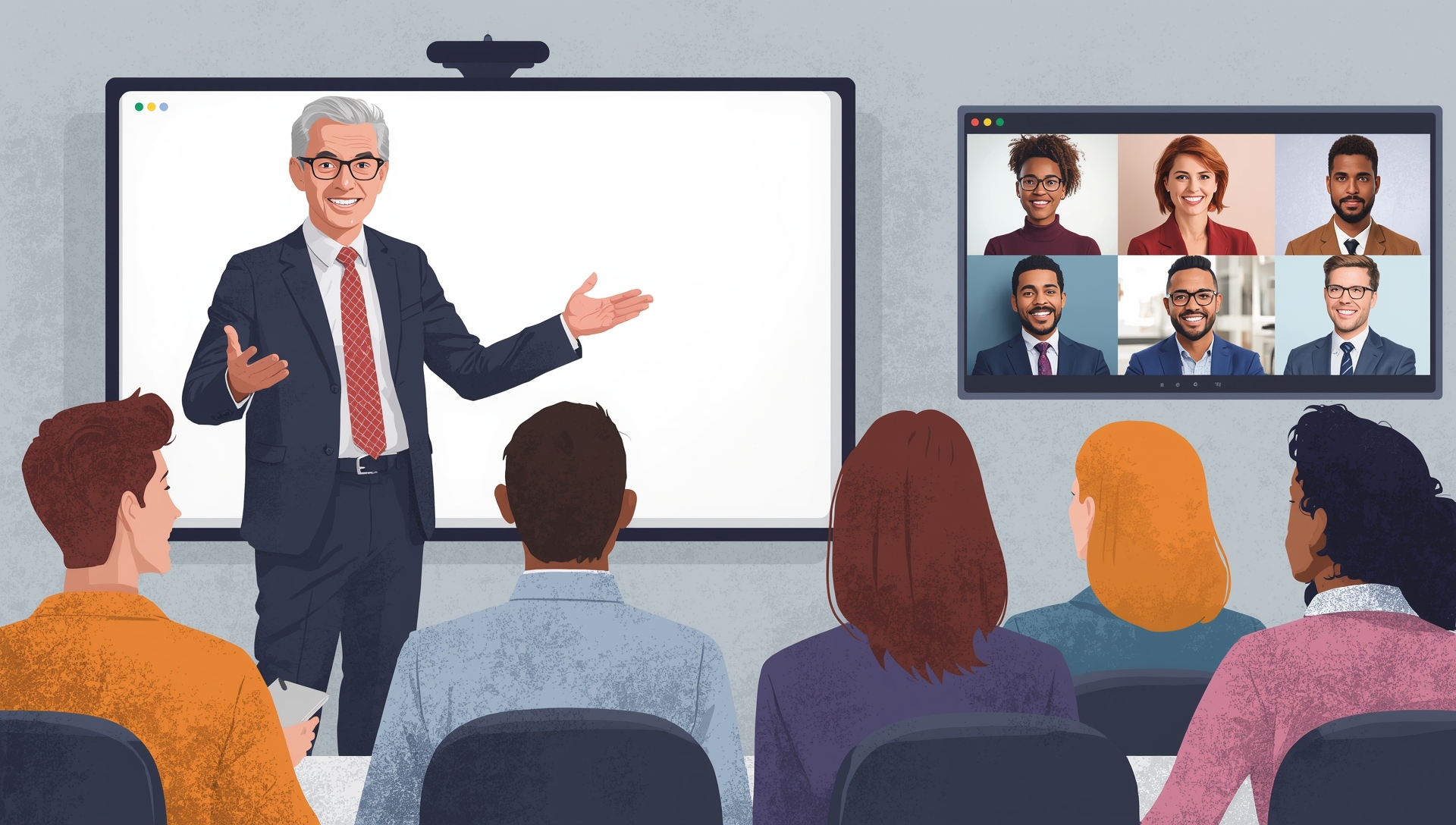Turn first-time customers into long-term advocates with proven customer retention strategies designed to drive sustainable growth. In this guide, we’ll walk through the tactics, tools, and metrics that matter most when building loyalty and improving retention.
What Is Customer Retention Rate—and Why It Matters
Your customer retention rate measures how well you keep existing clients over time—and it’s often more important than how fast you acquire new ones.
Acquiring new customers can cost up to 25× more than keeping existing ones. Loyal customers spend 31% more and are 50% more likely to try new products. Even a 5% improvement in retention can increase profits by 25%–95%. Despite this, many teams still over-invest in acquisition and under-invest in retention.
Customer Acquisition vs. Retention (Quick Take)
Acquisition brings in new customers; retention turns them into repeat revenue. Use CAC (Customer Acquisition Cost) and CAC payback period to gauge how hard acquisition is working. Use NRR (Net Revenue Retention), CLV (Customer Lifetime Value), and Repeat Booking Rate to prove retention impact.
As a rule of thumb: acquisition fuels top-line growth, but retention compounds it—lowering future CAC and stabilizing revenue. If your CAC payback is long or ad performance is volatile, prioritize fixes that reduce friction (faster booking/checkout), shorten TTV (Time to Value), and re-engage existing customers first. Then, layer acquisition where it complements your strongest retention loops.
The Real Cost of Customer Churn (and How to Prevent It)

When a customer leaves, you lose more than a single purchase:
- Future repeat purchases and package upgrades
- Referrals and word-of-mouth credibility
- Feedback that sharpens your offering
- Operational efficiency that grows with long-term relationships
A 20% churn rate forces you to replace a big slice of your base every year—avoidable drag on growth.
To reduce churn, focus on consistent value delivery, early engagement wins, and frictionless rebooking. Even small changes in customer experience can significantly boost customer retention over time.
Customer Satisfaction vs. Customer Loyalty
Satisfaction is table stakes. Loyalty forms when you consistently deliver outcomes—progress toward goals, reliable follow-through, and friction-free experiences that meet or exceed customer expectations.
Make Every Touchpoint Count: Client Retention Strategies in Practice
From first visit to renewal, every interaction influences retention:
- Discovery & evaluation: Fast pages, clear promise, credible proof
- Booking & onboarding: Simple forms, instant confirmation, prep materials
- Delivery: Reliable sessions, tailored guidance, actionable next steps
- Follow-up: Notes, reminders, and one-tap rebooking
- Renewal: Timely nudges with relevant packages or cadence
Each stage is an opportunity to implement targeted customer retention strategies that reinforce value and reduce drop-off.
Customer Interactions & Emotional Bond
Engaged customers return and refer. Strengthen engagement with:
- Personalized plans and communications tied to goals
- Visible action on feedback (“you asked, we shipped”)
- Proactive check-ins to maintain momentum
Build a Right-Sized Customer Loyalty Program

Keep it simple: tiers or punch-card style rewards such as book 5 sessions → get 1 free, quarterly VIP Q&A, or priority rescheduling. Automate invites and recognition so the program scales without extra admin.
Best Customer Retention Techniques for Long-Term Loyalty
1) Make actions effortless
Keep booking, rescheduling, and checkout fast and mobile-first. Reduce fields, use clear steps, and enable one-tap rebooking—a simple client retention strategy with outsized ROI.
2) Deliver early wins
In the first one or two sessions, show measurable progress: a mini-plan, a template, a quick skill boost, or a before/after baseline. Early value cements loyalty.
3) Communicate with purpose
Use short, segmented messages tied to goals: session summaries, next steps, prep links, progress badges. Avoid generic blasts.
4) Flexible options
Offer bundles, session packages, and fair rescheduling. Provide both virtual and in-person choices where relevant.
5) Proactive risk management
Track no-shows, late cancels, quiet weeks, and slipping goals. Reach out early with a supportive nudge and an easy link to rebook.
6) Tight feedback loops
Ask brief questions after milestones (“Was today useful?” “What should we change?”). Close the loop visibly.
7) Celebrate milestones
Call out streaks, grades achieved, projects launched, or meeting efficiencies gained. Recognition drives momentum.
💡 Pro tip: Take 30 minutes to audit your customer journey—starting with your booking flow, first-session experience, and follow-ups. Identify three quick friction fixes you can implement this month, then track your repeat bookings and no-show rates to measure the impact.
Gathering and Acting on Customer Feedback
Don’t just collect feedback—act on it. Show customers how their input led to real changes. Follow up to confirm whether updates solved the problem, then continue the loop.
Turn Feedback into Action—Fast
Collect structured input, route it to the right session, and close the loop with follow-ups that actually stick.
Software Tools That Support Retention
Use what you have first, then add tools that close gaps. Here’s how customer retention software categories map to daily workflows—plus where scheduling fits:
- Appointment scheduling (e.g., Calfrenzy): Make rebooking effortless and reduce no-shows with built-in reminders and payments—an easy win for improving customer loyalty.
- CRM: Keep history and preferences in one place to personalize renewals.
- Messaging/automation: Send confirmations, reminders, recaps, and renewal nudges at the right moment.
- Feedback/NPS: Collect quick surveys at milestones and show what changed.
- Analytics: Track repeat booking rate, CLV, NRR, TTV to prove impact.
Key Metrics That Prove Retention Is Working
- Retention Rate – % of customers kept over a set period (Aim for 80%+ annually for strong performance)
- Churn Rate – % of customers lost (Healthy churn is typically <5% monthly, depending on industry)
- Net Revenue Retention (NRR) – Revenue retained + expansion (aim 110%+)
- Customer Lifetime Value (CLV) – Revenue per customer (≥ 3× acquisition cost)
- Repeat Booking/Purchase Rate – Share from returning customers
- No-Show/Cancel Rate – Track by day/time and customer segment
- Net Promoter Score (NPS) – Promoters minus detractors (50+ is strong)
- Time to Value (TTV) – Time to first meaningful result (the shorter, the better)
Track monthly; review deeply each quarter; benchmark annually.
Customer Retention Plan: From Strategy to Execution
Whether you’re starting fresh or refining an existing customer retention program, a structured plan helps you scale what works and fix what doesn’t. This roadmap gives you a practical way to move from strategy to execution—so you can engage satisfied customers, reduce churn, and boost customer retention over time.
| Phase | Timeline | Key Actions |
|---|---|---|
| Foundation | Months 1–2 | Fix booking friction, tighten first-session flow, start lightweight feedback |
| Optimization | Months 3–4 | Launch simple loyalty perks, personalize messaging, refine packages |
| Scale | Months 5–6 | Automate success workflows, add dashboards for repeat rate, CLV, NRR, and no-shows |
How Calfrenzy Helps Improve Customer Retention
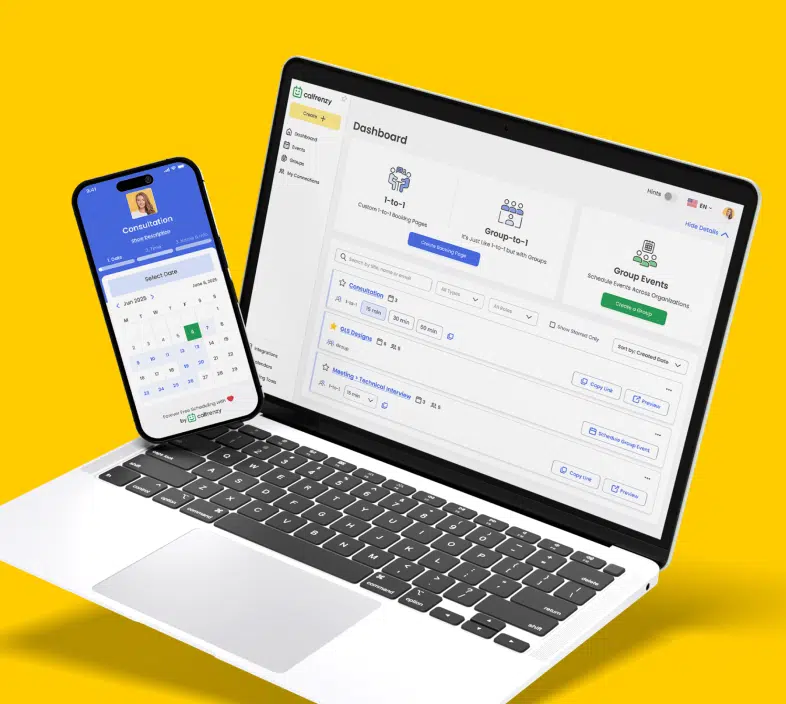
Calfrenzy simplifies scheduling and helps teams increase customer retention by reducing no-shows and making rebooking effortless.
Key retention-friendly features:
- Fast, mobile-friendly booking pages: One-click rebooking, clean links, and smart availability filters remove friction.
- Automated reminders: Built-in email and SMS reminders cut down on no-shows without extra tools.
- Payment collection: Offer paid sessions or bundles directly through Calfrenzy—no invoicing needed.
- Team-friendly scheduling: Organizers, Bookers, and Account Owners all have the tools they need to support retention.
Calfrenzy doesn’t just help you book sessions—it helps you build loyalty.
Retention Trends to Watch
- AI-assisted personalization for timing and content
- Predictive churn alerts from behavior patterns
- Omnichannel continuity so context follows customers across channels
- A shift from reactive support to engineered success
Start Improving Retention Today
- Map your customer journey and mark friction points.
- Ship three quick fixes (booking, first session, follow-up).
- Set weekly reminders to reach out to at-risk customers.
- Celebrate one customer milestone publicly (with permission).
- Track repeat booking rate and no-show rate for the next 30 days.
Keep Your Calendar Full with Loyal Customers
Streamline booking, deliver early wins, and follow up with purpose—your retention will rise.
FAQ: Customer Retention—Practical Answers
What’s the fastest way to boost retention this month?
Fix booking flow, first-session experience, and follow-ups. Aim for one-page booking, a clear “first-wins” plan, and timely reminders + recap notes.
How do I reduce no-shows without sounding pushy?
Send instant confirmation, a 24-hour reminder, and a same-day nudge. Include prep notes and a one-tap reschedule option.
Which metrics matter most to start with?
Retention rate = (Customers at end − New customers acquired) ÷ Customers at start for the same period.
What’s a lightweight loyalty program that actually works?
Keep it simple and automatic: “book 5, get 1,” quarterly VIP Q&A, or priority rescheduling. Clear rules, consistent rewards.
How often should I ask for feedback?
After the first session, at key milestones, and after resolving issues. Keep to 1–3 questions and always close the loop.
What should my follow-up cadence look like?
After session: recap + resources.
3–7 days later: quick check-in.
Before renewals/exams/deadlines: reminder + suggested next booking.
How do I personalize without a complex stack?
Short intake → tag by goal/need → use templates per tag. Personalization = relevant timing + relevant next step.
How do I handle cancellations without hurting loyalty?
Clear, fair policy (e.g., fee within 24 hours) plus one goodwill waiver. Offer easy self-serve rescheduling.
Here’s a detailed guide on creating a customer-friendly cancellation policy from Calfrenzy.
What’s an easy way to prove retention is improving?
Set a 30-day baseline, ship three fixes, then compare repeat bookings and no-shows for the next 30 days. Document what changed.
Get Started Today!
It only takes 90 seconds to set up.
- Easy Group Scheduling
- Cross Organization Scheduling
- Easy Timezone
- 1 to 1 Scheduling
Calfrenzy is Free forever. Upgrade anytime.
